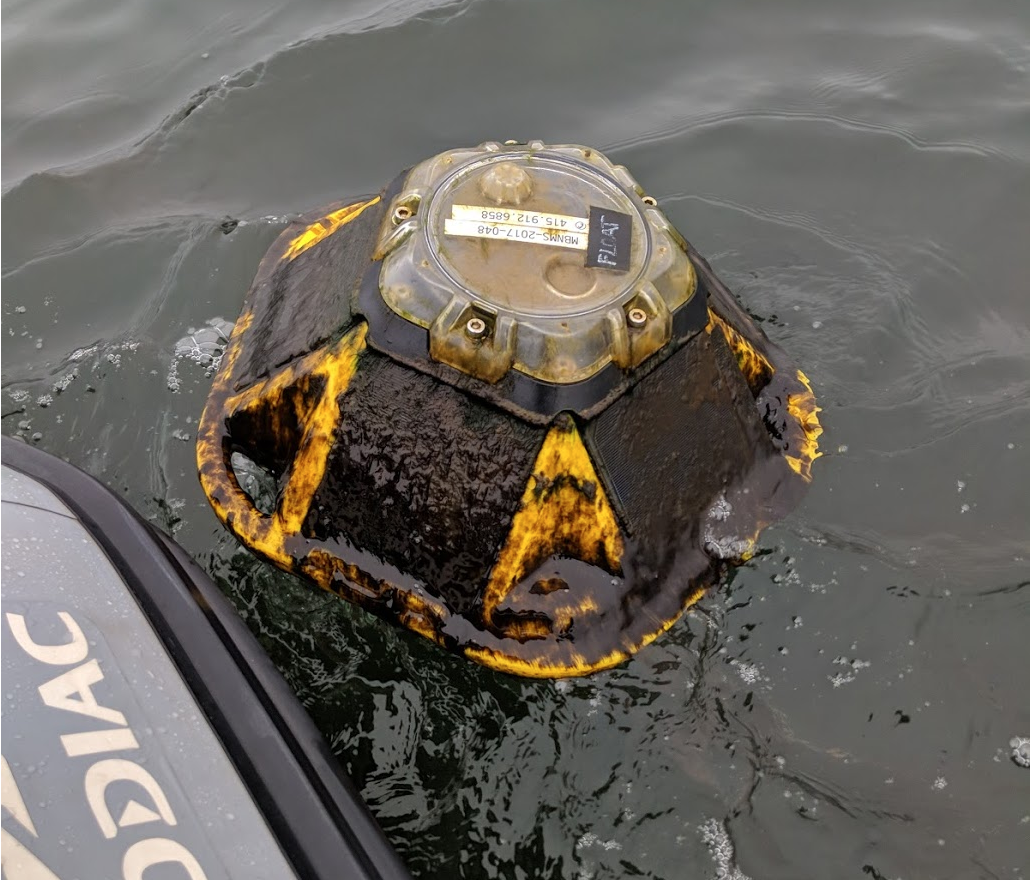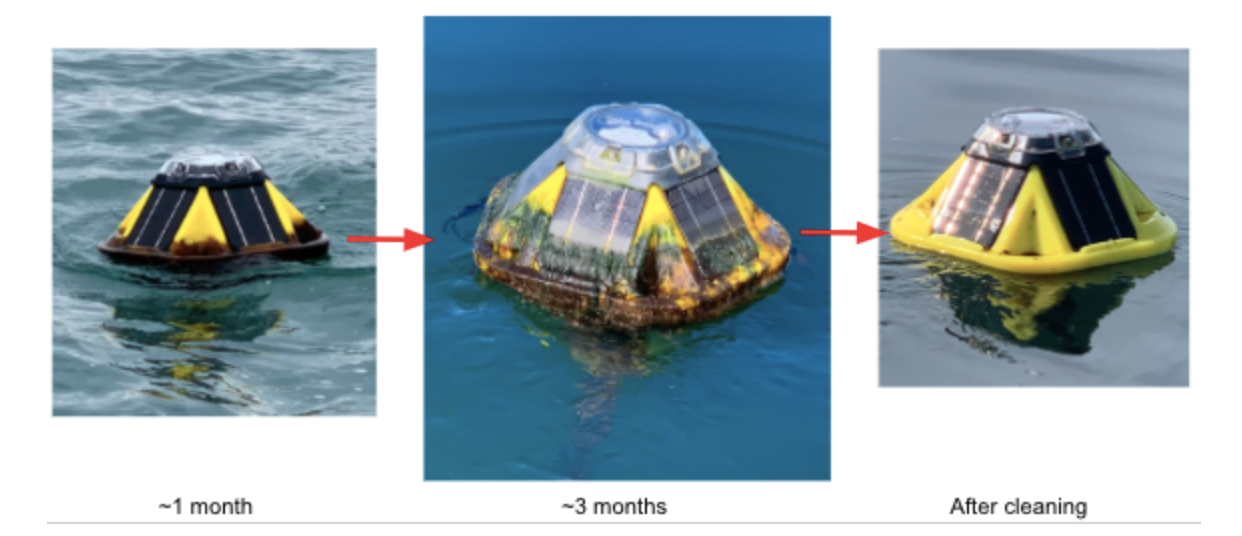What is Biofouling and How Can We Stop It?

What is Biofouling and How Can We Stop It?
Biofouling has plagued the marine shipping industry for decades, if not centuries. But, the implications of biofouling have a far-reaching effect beyond disrupting oceanic logistics and transportation.Marine biofouling presents an extensive challenge for industries in developing technologies, particularly in the marine renewable energy sector. These companies rely on submerged equipment to capture offshore wind, wave, and tidal energy. But, biofouling can make it difficult to keep equipment clean and operational; biofouling requires constant maintenance of infrastructure and the use of special materials to protect these important investments in our future.Let’s explore specifically what biofouling is and ways to combat biofouling to support the future of marine renewable energy.What is biofouling?Biofouling, or biological fouling, is the accumulation of microorganisms, plants, algae, or small animals on wet surfaces that have a mechanical function, causing structural or other functional deficiencies. There are two phases or types of biofouling: microfouling and macrofouling. Microfouling refers to the formation of biofilm that adheres to the surface. Macrofouling refers to the attachment of organisms such as barnacles, soft corals, and seaweed to produce a fouling community.Whether a surface is threatened by microfouling or macrofouling — and the degree to which it is “infected” — is influenced by a few different factors. Temperature plays a significant role in the settlement of microorganisms, as temperature plays a role in the growth rate and breeding periods of marine animals. Geographical location also plays a role; so does species diversity and the amount of solar radiation, which directly affects photosynthesis. Pollution can reduce solar radiation, thereby reducing the number of plants, nutrients, and species in the environment. Or, pollution can increase the number of non-native species in marine hard-substrate communities, speeding up biofouling.There are four key phases to biofouling that are determined by these factors. First, the structure or surface gets submerged. In the process, organic carbon is absorbed onto the wetted, submerged surface.Next, the primary colonizers arrive: diatoms and bacteria that settle onto this organic carbon-enriched surface.These primary colonizers are followed by protozoa and macroalgae spore: secondary colonizers who bring on the process of microfouling formation.This step increases the roughness of the surface, creating the perfect condition for macrofouling: when tertiary colonizers and particles adhere to the surface.This entire process can take as little as three weeks. It seems innocuous — just some organisms making their home on a new structure — but it can actually cause big problems for emerging marine technologies.What are the dangers of biofouling?Biofouling has presented problems to ocean buoys and buoy moorings for quite a few years. For buoys like Sofar Ocean’s Spotter, microfouling leads to a build-up of “slime” and other organisms on the solar panels, impeding the buoy’s power production. The biggest risk is that the Spotter can run out of power and stop working.Macrofouling leads to bigger issues for ocean buoys. In this phase, organisms increase in size and weight, changing the hydrodynamic volume of the Spotter buoy and dragging it under the surface. If the unit is submerged below the surface of the water, it will not function properly — leaving scientists with incomplete data.Biofouling on buoys is a small annoyance compared to this phenomenon’s impact on the marine renewable energy sector. Not only is it expensive to routinely clean surfaces, but long-term repair and maintenance may require significant investment. Macrofouling can lead to corrosion from organisms that use endogenous compounds to adhere to surfaces; worse still, corrosion is often accelerated when protective coating on the surface is removed in the process of removing the attached organism.Maritime shipping and logistics companies face challenges in vessel marine performance related to macrofouling, too — challenges that can have long-term environmental consequences. “[I]ncreased roughness presented by a heavily fouled ship hull can result in powering penalties of up to 86% at cruising speed; even relatively light fouling by diatom 'slimes' can generate a 10–16% penalty,” reported Nature Communications. “Without effective antifouling (AF) measures, in order to maintain speed, fuel consumption (and therefore greenhouse gas emissions) increase significantly.”Finally, macrofouling leads to the spread of non-native species to new environments. When organisms attach themselves to the hull of a ship, they are able to traverse the ocean and reproduce in new ecosystems. These new areas are vulnerable to alien species, which can disrupt delicate food chains and destroy the natural habitat of at-risk organisms. How can we prevent this from happening?Ways to combat biofoulingClearly, biofouling is a problem — one that many researchers and scientists are working to address.Microfouling can be quickly resolved by scrubbing the affected surface of the ocean buoy. Because microfouling is an early stage of biofouling, it’s easily resolved with regular care. For later-stage macrofouling that’s reducing the marine performance of vessels, more comprehensive hull cleaning is required.
 Image by Nick Raymond of Sofar Ocean.
Image by Nick Raymond of Sofar Ocean.

About Nick Raymond
Nick wrote this piece for Sofar Ocean, a company whose goal is to create a data-abundant ocean and provide critical insights to science, society, and industries. As a first step, we deploy and grow the world’s largest real-time ocean weather sensor network which provides the most accurate marine weather information and forecasts to power industry-specific solutions. Sofar believes that more and better ocean data will contribute to greater understanding of our environment, better decisions, improved business outcomes, and ultimately contribute to a more sustainable planet.
